We tend to think of fruit as sweet, juicy, and refreshing—summer’s candy, nature’s dessert. But there’s another side to fruit that rarely gets the spotlight: umami. This deep, savory flavor—often described as meaty, brothy, or earthy—isn’t just hiding in soy sauce, mushrooms, or parmesan. It’s quietly working its magic in certain fruits too.
The idea of umami as a distinct taste dates back to early 20th-century Japan, when chemist Kikunae Ikeda identified the savory essence of seaweed broth as glutamic acid. That discovery revolutionized how we understand flavor. Since then, chefs and scientists alike have sought out ingredients that offer this fifth taste—something that lingers on the tongue and rounds out a dish in a way that salt and sugar alone can’t.
While umami is most often associated with aged cheeses or cured meats, some fruits naturally carry umami-rich compounds, especially when roasted, fermented, or dried.
In this post, we’re highlighting a selection of fruits that embody this unexpected dimension of flavor. Whether you’re a plant-based cook looking to add richness without meat, or just curious about the more savory corners of the fruit world, these umami fruits deserve a place in your culinary toolkit.
1. Tomatoes
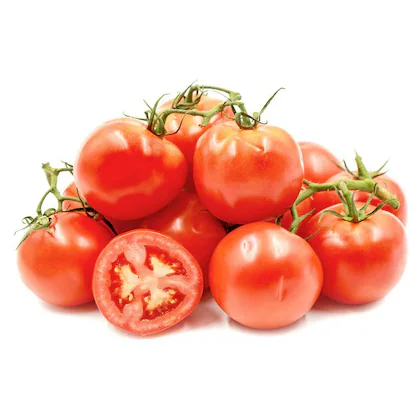
Fresh tomatoes already contain a notable amount of glutamic acid—the very compound responsible for umami. But it’s when tomatoes are cooked, roasted, or sun-dried that their umami flavor deepens. Sun-dried tomatoes, in particular, become intensely savory and almost meaty, lending richness to sauces, pasta, and spreads. Their universal culinary presence, from Italian ragù to Indian curries, proves just how vital their umami depth is to global flavor.
2. Avocados
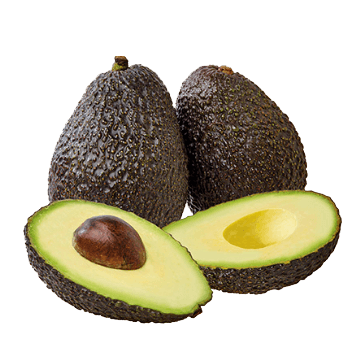
Avocados may not scream umami at first bite, but their creamy texture and subtle depth of flavor come from naturally occurring amino acids and fats. Their richness enhances other savory ingredients, and when paired with salt or acid (like in guacamole), the umami qualities become more pronounced. They’re often used to provide that missing mouthfeel in vegan and vegetarian dishes.
3. Olive
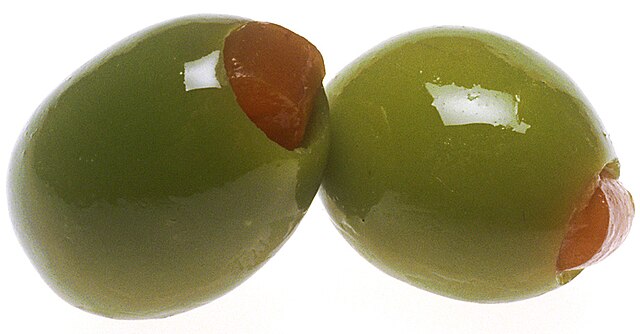
Especially when cured or fermented, olives are a powerhouse of savory, salty flavor. Black olives in particular are rich in glutamates and have a depth that resembles aged cheese or anchovies. Whether pressed into oil, minced into tapenade, or served whole, they’re a staple umami contributor in Mediterranean cuisine.
4. Sun-Dried or Roasted Figs, Dates, or Prunes
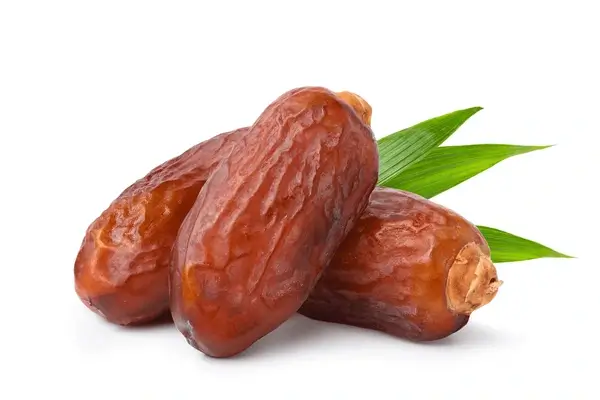
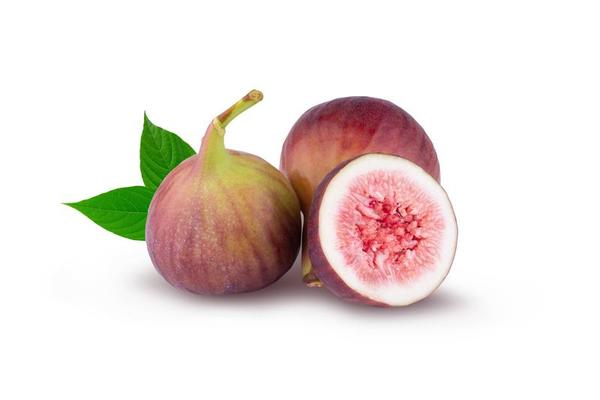
Drying or roasting intensifies the flavors of these naturally sweet fruits, transforming them into umami-sweet hybrids. They’re rich in natural sugars, but also develop caramelized, almost smoky notes—particularly when cooked. These qualities make them excellent additions to savory sauces, braises, and stuffings, where they provide complexity, not just sweetness.
5. Sea Buckthorn (When Fermented)
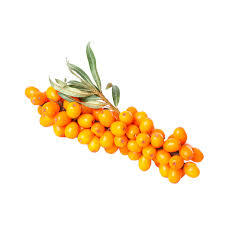
Fresh sea buckthorn berries are tart and citrusy, but fermentation transforms them into a tangy, slightly funky ingredient with noticeable umami depth. Used in Scandinavian and Eastern European cooking, fermented sea buckthorn offers a briny, fermented-fruit flavor that pairs well with seafood, roasted vegetables, and even cheese.
6. Fermented Mango or Plum
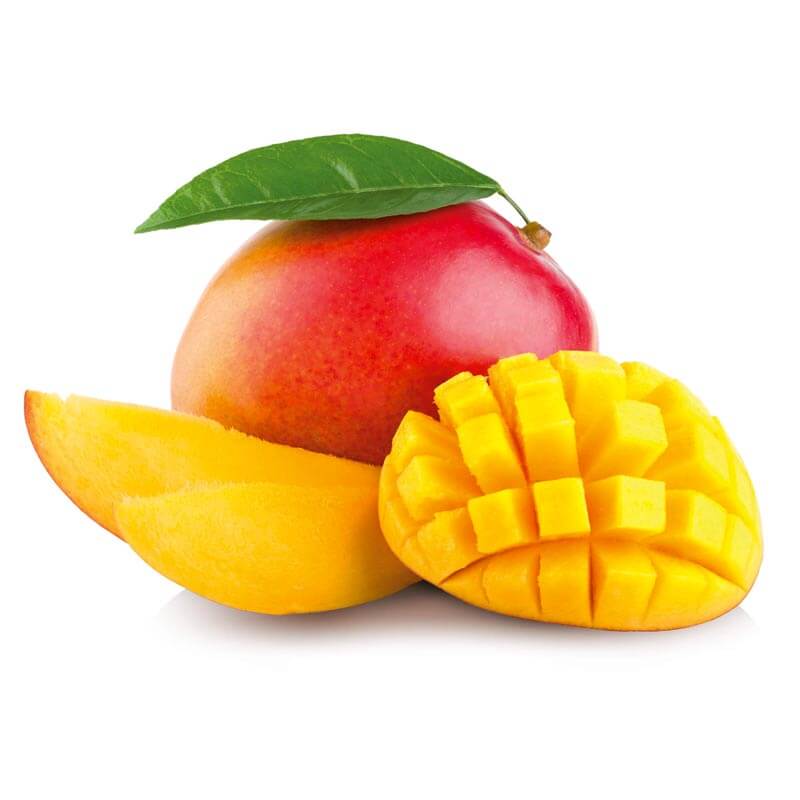
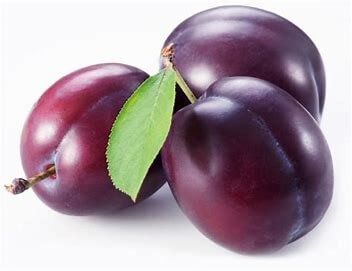
Fruits like mangoes and plums, when fermented or pickled, undergo lactic acid fermentation that enhances their umami content while introducing sourness and complexity. These fermented fruits function more like condiments, bringing punchy umami to rice dishes, stews, and broths.
7. Tamarind

Tamarind is one of the rare fruits naturally balanced between sweet, sour, and umami. Its paste contains glutamic acid and is prized in global cuisines—from Indian chutneys to Thai pad Thai—for adding that elusive savory tang. Tamarind doesn’t overpower; it lingers, rounding out flavors with a deeply satisfying undertone.
8. Jackfruit (Unripe/Green)
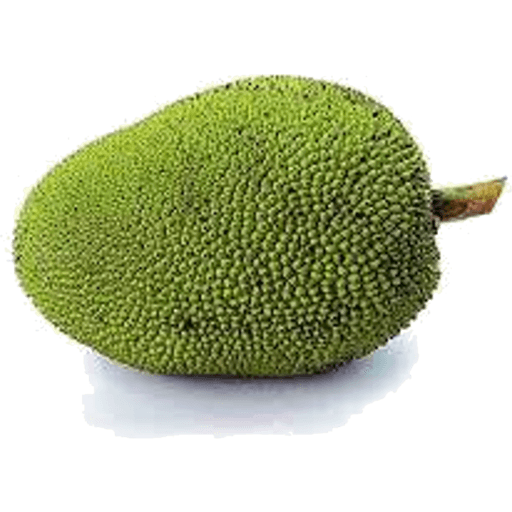
In its young, unripe state, jackfruit is nearly flavorless but absorbs marinades like a sponge and provides a fibrous, meat-like texture. When cooked with savory spices, it picks up strong umami cues and has become a go-to substitute in vegan pulled “pork” and curry dishes. It’s a textural and savory chameleon.
9. Umeboshi (Japanese Pickled Plum)
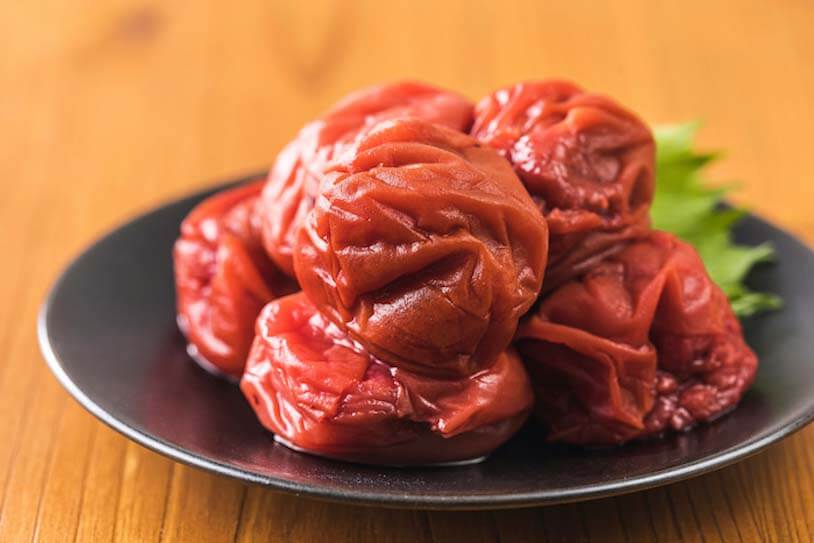
The king of umami fruits, umeboshi is salty, sour, and shockingly savory. Made from fermented ume plums, it’s used sparingly in rice dishes, sauces, and teas for its intense flavor. It’s rich in glutamates and organic acids, making it both a flavor enhancer and a digestive aid in traditional Japanese cuisine.
10. Fermented Noni
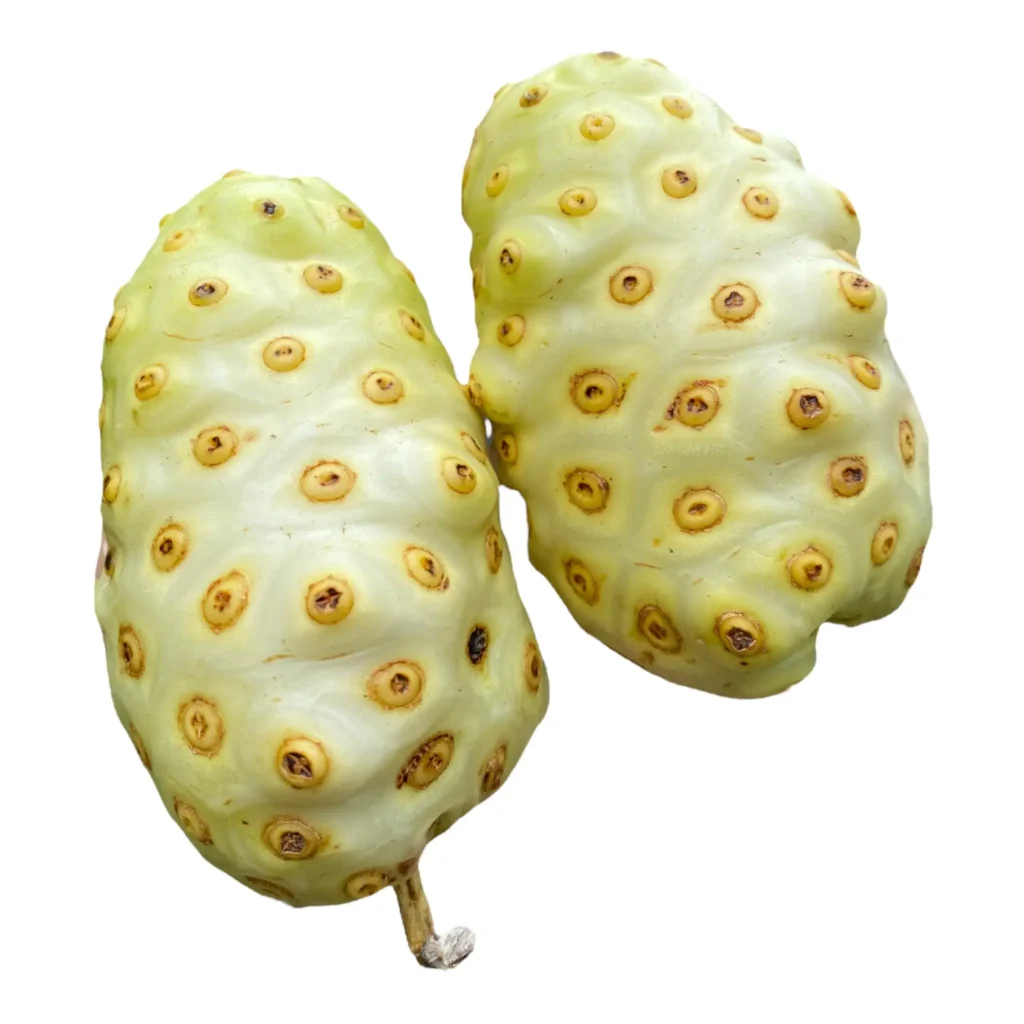
Noni fruit is notorious for its pungent aroma, often compared to aged cheese or blue cheese. When fermented, its strong smell mellows slightly, but it still delivers a funky, umami-laden flavor. Used in traditional Polynesian medicine and drinks, fermented noni is an acquired taste—but undeniably rich in amino acids and fermentation byproducts.
11. Roasted Eggplant (Brinjal)
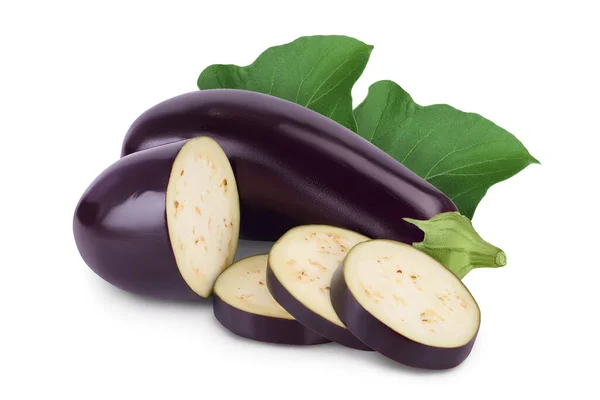
Botanically a fruit, eggplant’s umami comes alive when roasted, grilled, or smoked. The heat breaks down its flesh into a creamy, earthy spread—like in baba ghanoush or baingan bharta. It has a subtle savoriness that pairs beautifully with garlic, tahini, or tomatoes, and makes it an unsung hero of plant-based umami.
12. Sea Grapes
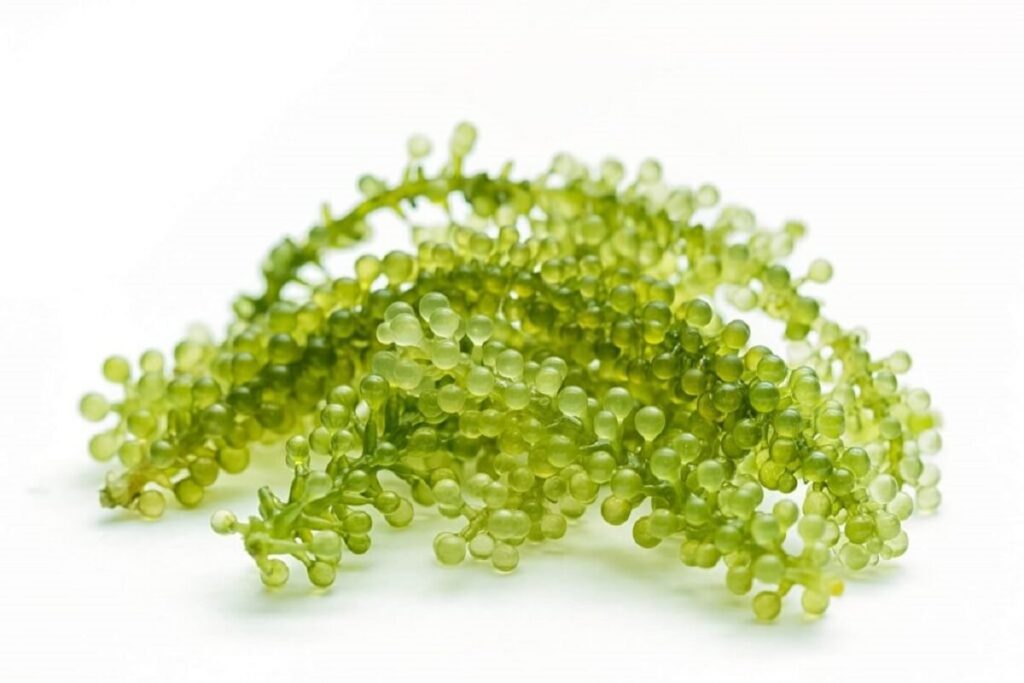
Though not a land fruit, sea grapes (a type of edible seaweed) are used like fruit in some Southeast Asian dishes. These tiny, green bubbles burst with briny, oceanic umami, making them a prized addition to seafood platters, rice dishes, and dipping sauces. They’re a literal taste of the sea in bite-sized form.
13. Fermented Bananas or Banana Peel Chutney
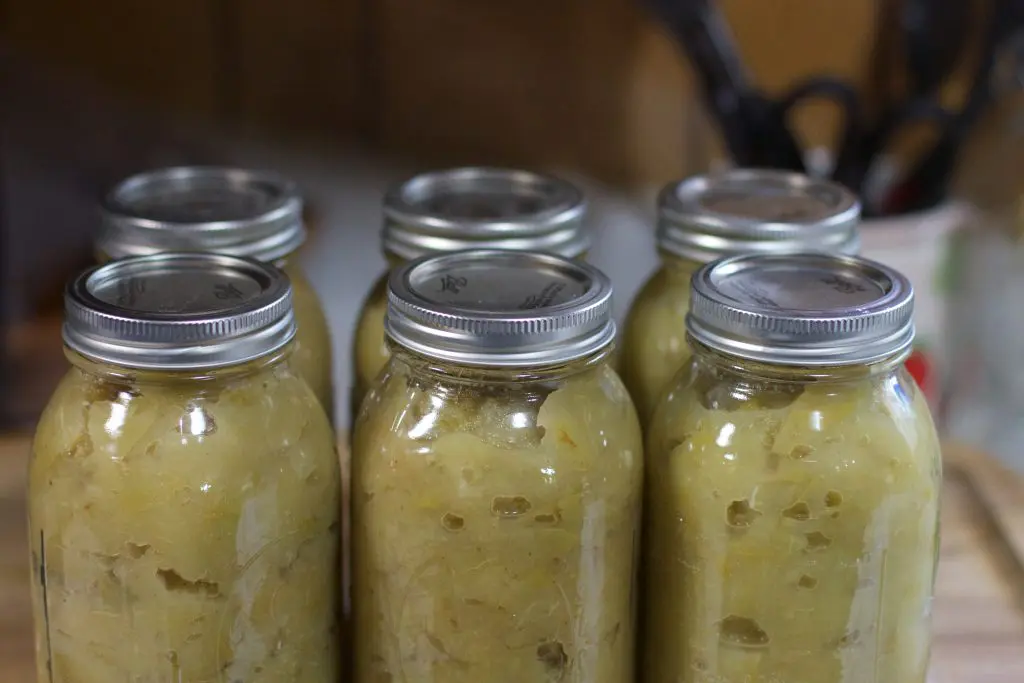
Fermented bananas may sound odd, but they develop a winey, tangy flavor with subtle savory notes. In some African and Asian cuisines, banana peel chutneys—often seasoned and aged—develop complex flavor layers, including a light umami quality. When spiced and fermented, even a sweet fruit like banana can shift into the savory spectrum.
